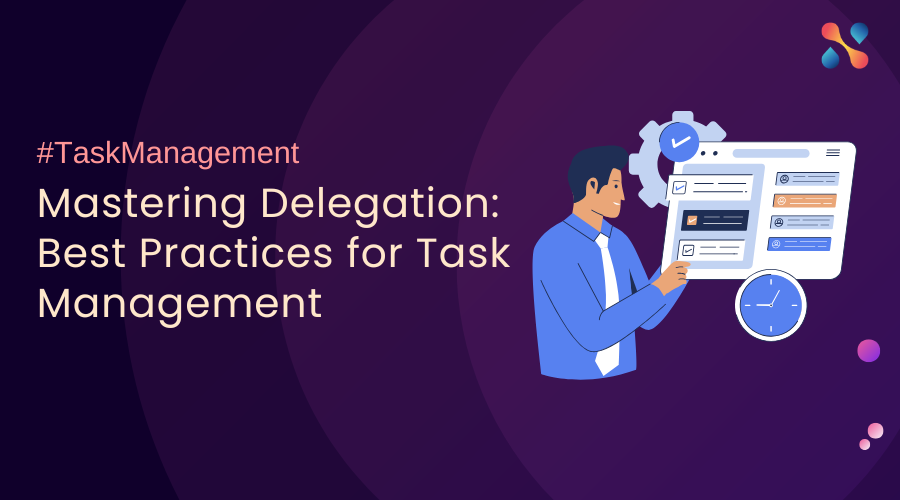What are the merits of a Kanban visual integration layer and the necessary capabilities to deliver on this integration.
With big changes happening “outside”, the need to change “inside” has never been greater. Business executives and process owners are seeking ways to prioritize initiatives and manage transformations better, taking on a variety of transformation challenges.
In the previous post, we established a big bottleneck to enterprise-wide transformation initiatives i.e. isolated process or project process level monitoring and optimization, and its consequent limitation. We proposed that Kanban, if extended to portfolios and to enterprise services may present a way forward.
Obviously, the right tooling that can assist in meaningful integration of relevant data that resides in a plethora of insulated tools, is almost mandatory to achieve this.
A picture is worth a few thousand spreadsheet cells
Since the advent of instant and visual communication, it is a universal experience that learning, collaboration and communication are revolutionized. However, when it comes to enterprise projects and processes, it is more often that planning, tracking, team working, reporting remains in spreadsheets. In many instances, there are tools to track and monitor these projects and processes. But rolling these up based on their interdependencies is hard work, introducing overheads and latency. This latency reduces shared understanding and delays the spotting of trends, identification of exceptions, opportunities of balancing demand and capacity across the system.
Kanban is visual, representing a piece of knowledge work as a virtual card, and we all know that. But what else are the likely merits of this visualization – when used as a workbench, when used for portfolio management and for enterprise services planning?
Shared Visualization
Kanban helps represent the flow of work or the value stream of a project or process, clearly defining how work converts to value, when completed. This helps teams understand a bigger picture, helping recognize their role, identifying the bottlenecks, overloads, understanding the anatomy of the cycle time.
Collaboration and Problem Solving
This shared visual representation of the value stream, mapping the as-is state is a big step, particularly when cross-functional teams, who tend to work in isolation share this understanding. It is a powerful mechanism for problem-solving, for balancing demand and capacity, for pulling work downstream in the flow, as opposed to pushing without consideration of the likely bottlenecks.
Work Bench to Enterprise Services
The true power of Kanban is experienced when sharing visualizations is further aided by establishing and then mapping the work dependencies and linkages to reflect the real world. Think of a tree structure with executive agenda or enterprise goals at the top. These can cascade to a portfolio of initiatives, which in turn cascade to projects and/or processes. Each such project or process with specific targets and objectives, have work teams, departmental or cross-functional. For every role and level in the enterprise, a visual monitoring and/or work tool is now possible. That is the true power of Kanban.
Yes, there are other tools, and several methods in place, so where does all that go? More on this further down.
Problem Identification and Team Working
Making outcomes predictable, improving velocity and quality are not be easily achieved if managers are unable to see the wheels spinning. In other words, as work moves through the stages, managers need a near real-time view, with cues, flags, filters and metrics that drive attention and encourage intervention, as necessary. But Kanban is not a manager’s tool only. It benefits the team member, helping improve productivity and effectiveness with a plethora of personal productivity aids like due date calendars, notifications, to-do checklists, easy communication through comments, attachments, and chat.
Improved Decisions through Integration
When Kanban integrates with the tools already deployed in various projects and processes, it brings protection of these investments. The teams that work with these existing tools need not feel the pressure to switch and learn anew, yet the management layers above can benefit from all the merits of portfolio Kanban. This vastly reduces the resistance, while enabling easy to use rolled-up views for decision making and interventions.
There is more, so do keep reading this series and I hope you find it useful. Suffice to say, there are several compelling benefits of using Portfolio Kanban when aiming to alleviate the blocks to enterprise-wide transformation. In the next post, we discuss the points of failure and key characteristics of the tools to achieve Portfolio Kanban success.
Navin Anand
Regional Director – UK & Europe
This is the second blog post in a four-part series, you can find the other posts from the links below:
Part 1. Portfolio Kanban for Enterprise Transformation
part 3. Enterprise Transformation with Integrated Portfolio Kanban
Part 4. Extending Portfolio Kanban with Enterprise Services Planning









